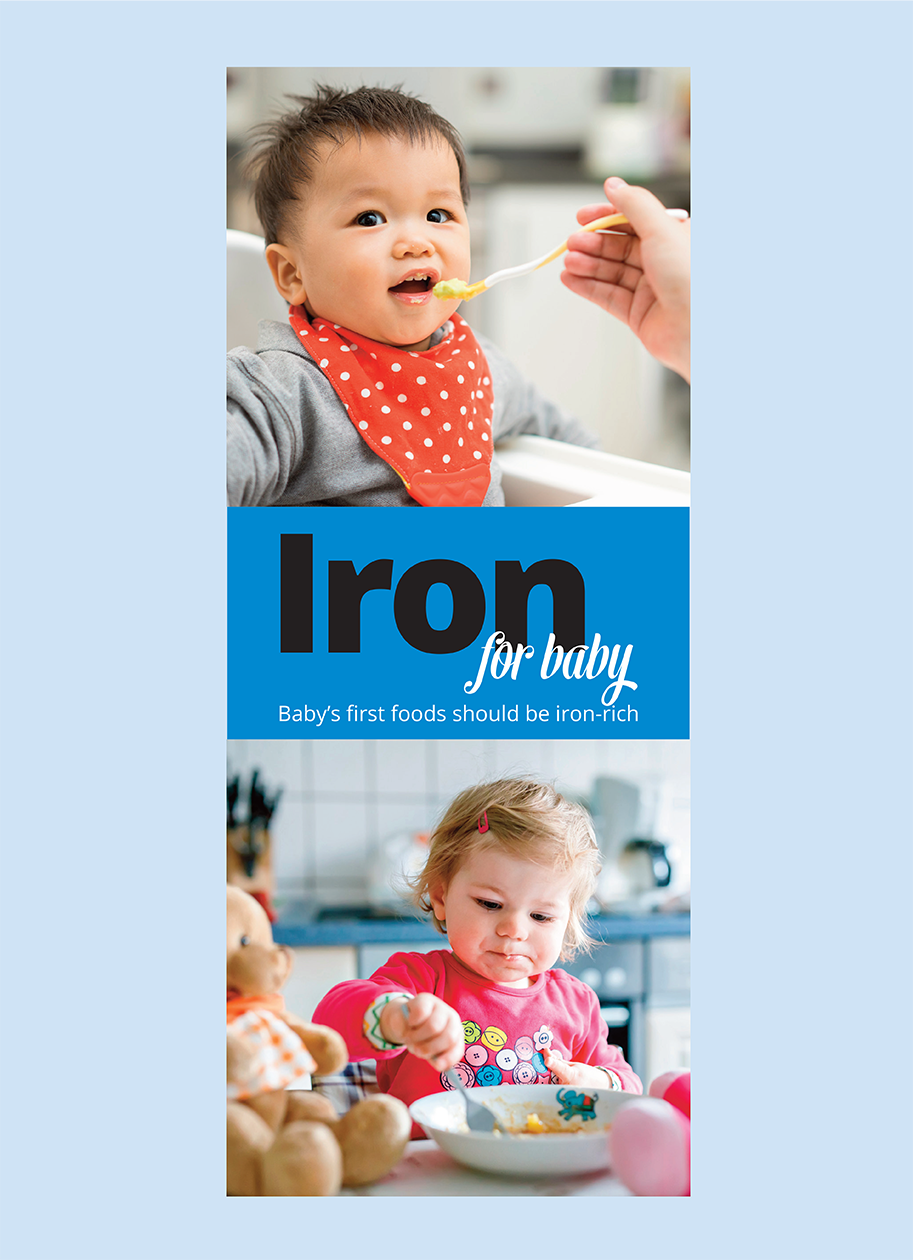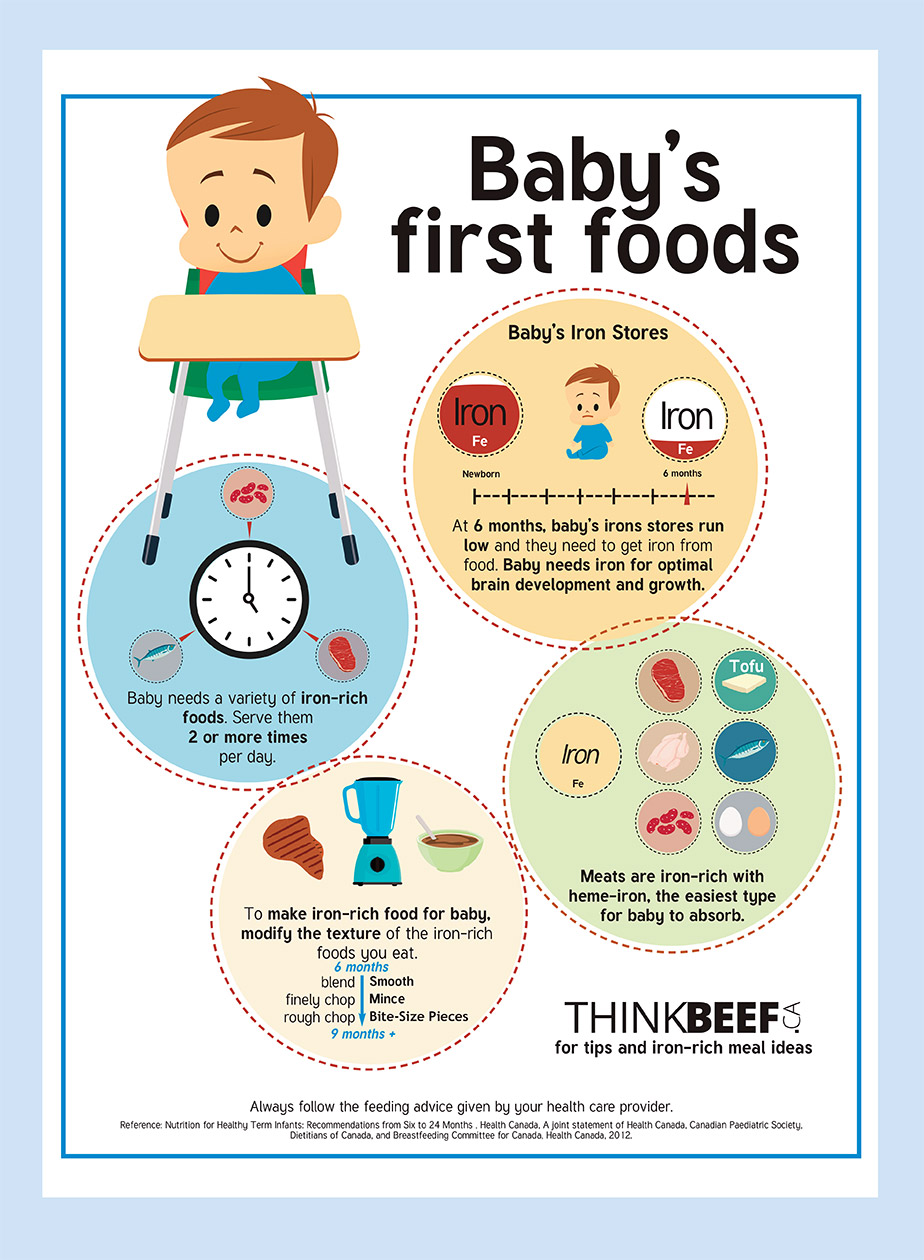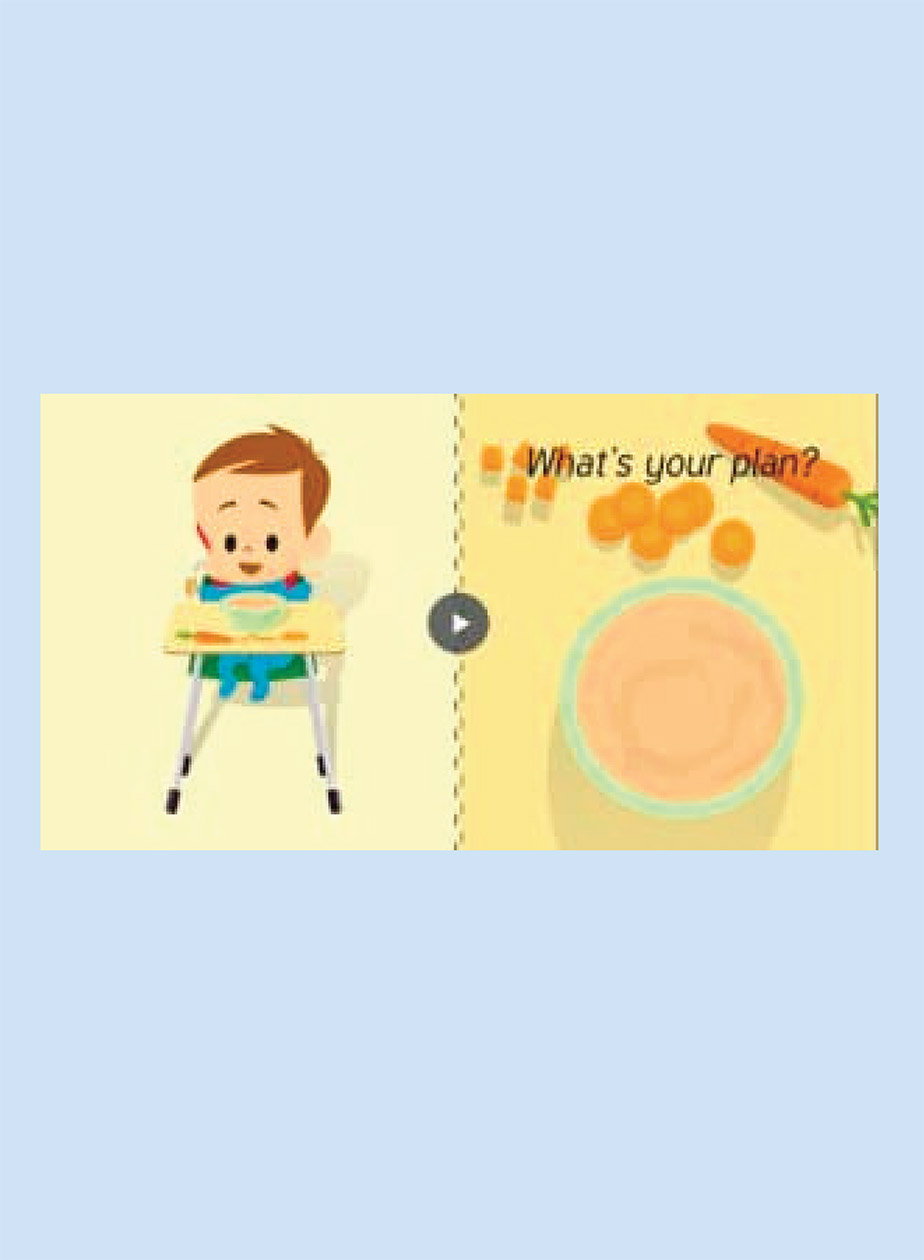Iron facts and recipe brochure for baby. 8-panel brochure
Iron Resources
Educational Brochures

Iron: Teen Girls
Iron facts and recipe brochure for teen girls. 8-panel brochure
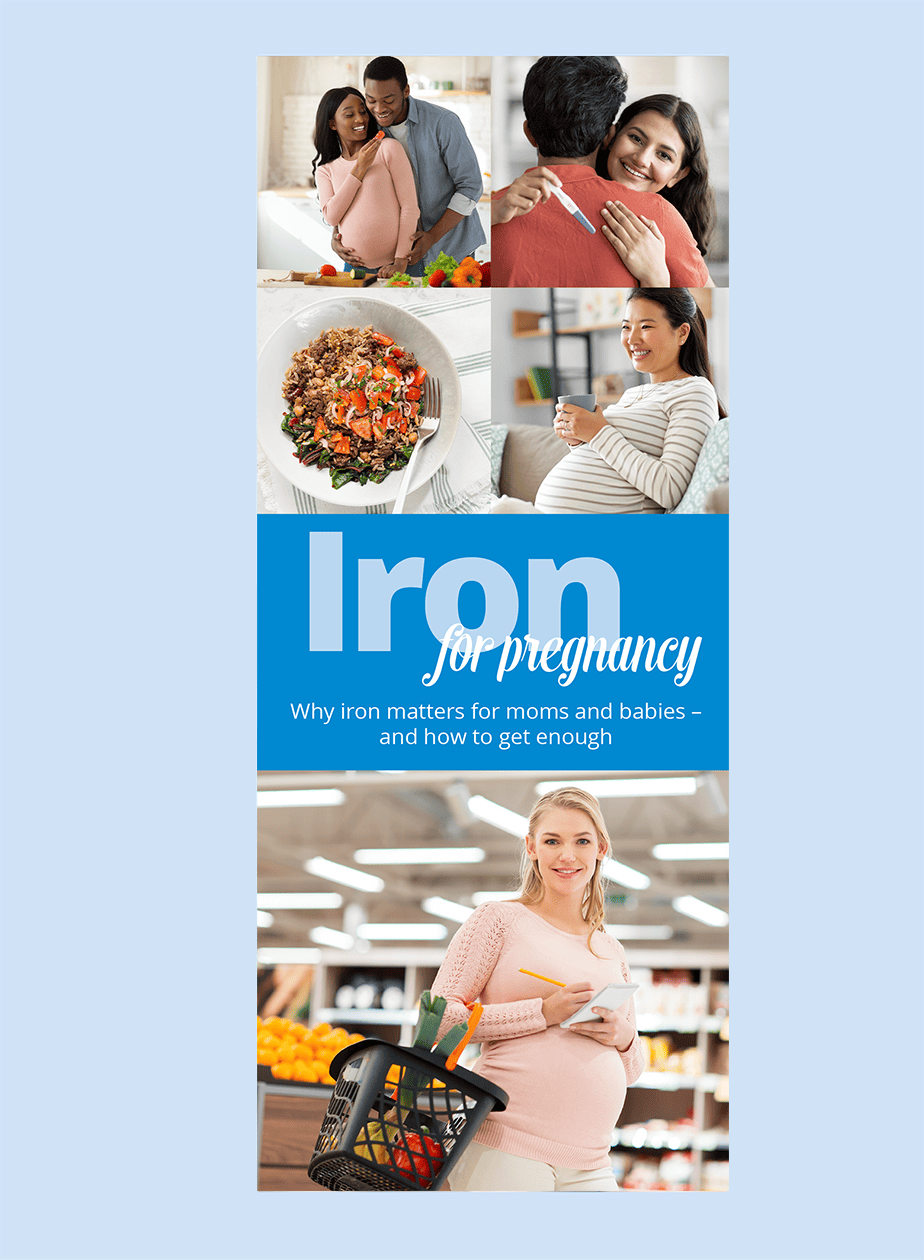
Iron for Pregnancy
Iron facts and recipe brochure for pregnant women. 8-panel brochure

Women's Health
Iron facts and recipe brochure for women. 8-panel brochure
Recipes and Infant Feeding Resources
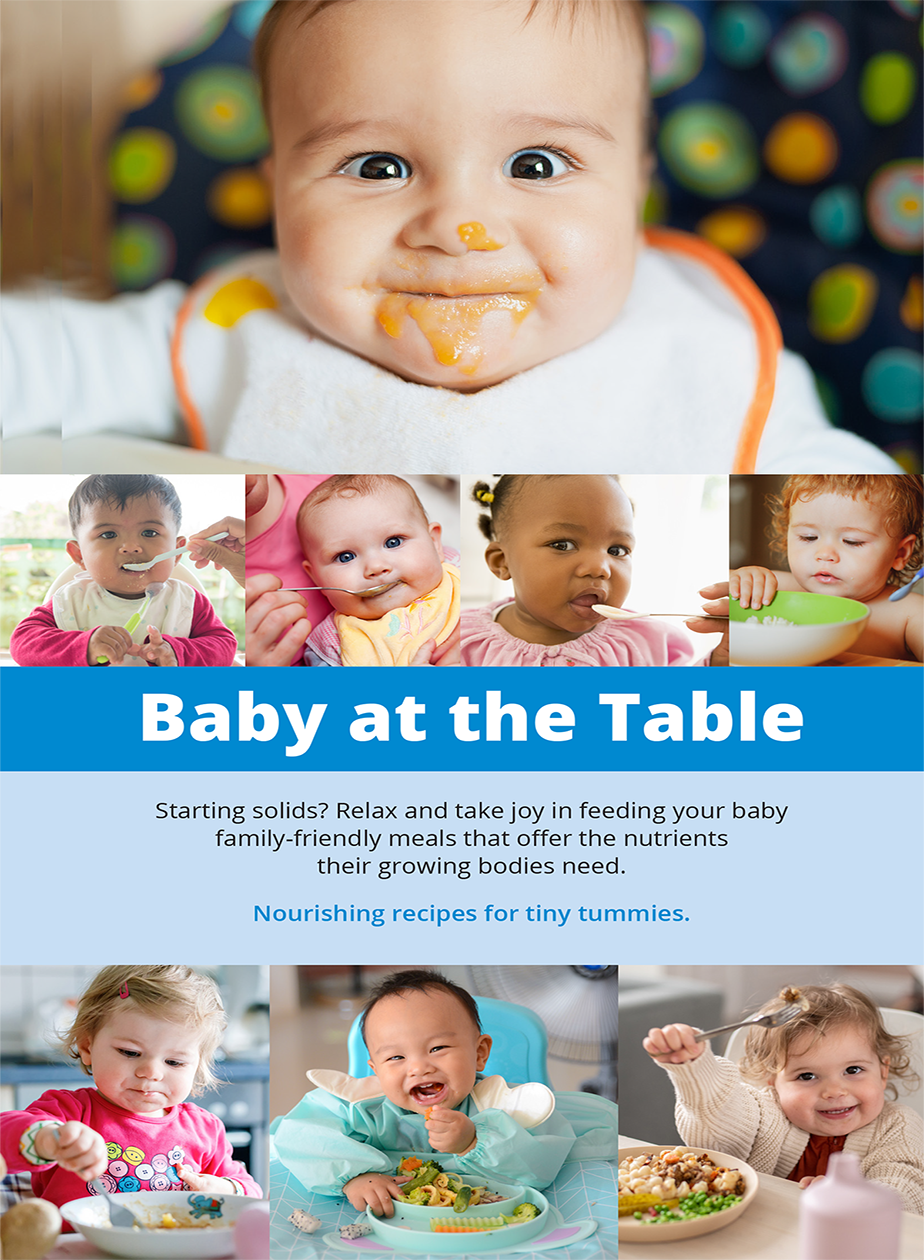
Baby at the Table - 2ND EDITION
How to switch up family dinners into homemade baby food. For Infants to toddlers. 16-page booklet

Beef Belongs
Nourishing you and your family, at every stage of life. 16-page booklet
Reference
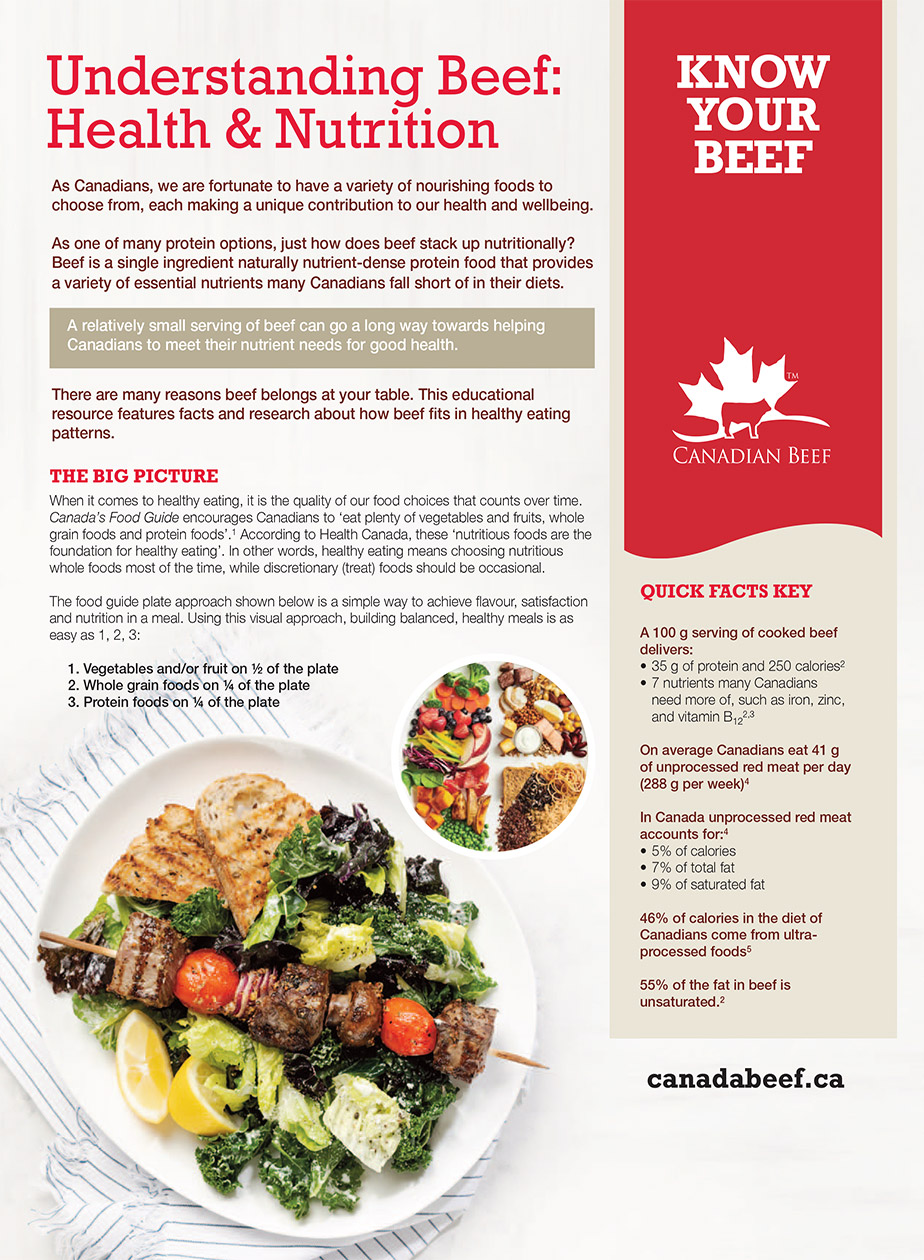
Understanding Beef: Health and Nutrition
Beef nutrition and health fact sheet (rev 3.24). 7-page booklet
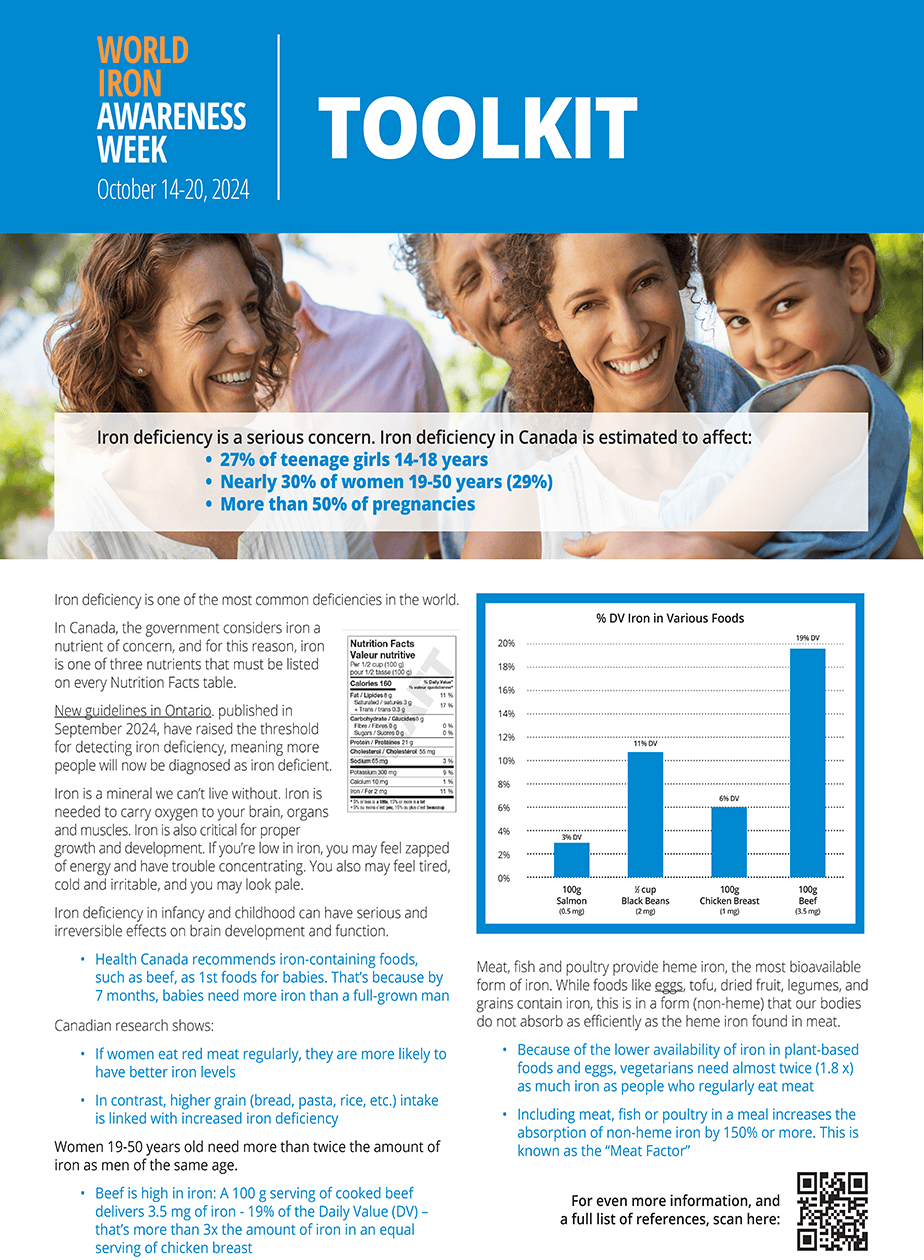
World Iron Awareness Week 2024_Toolkit
Supported the World Iron Awareness Week 2024 2-page sheet
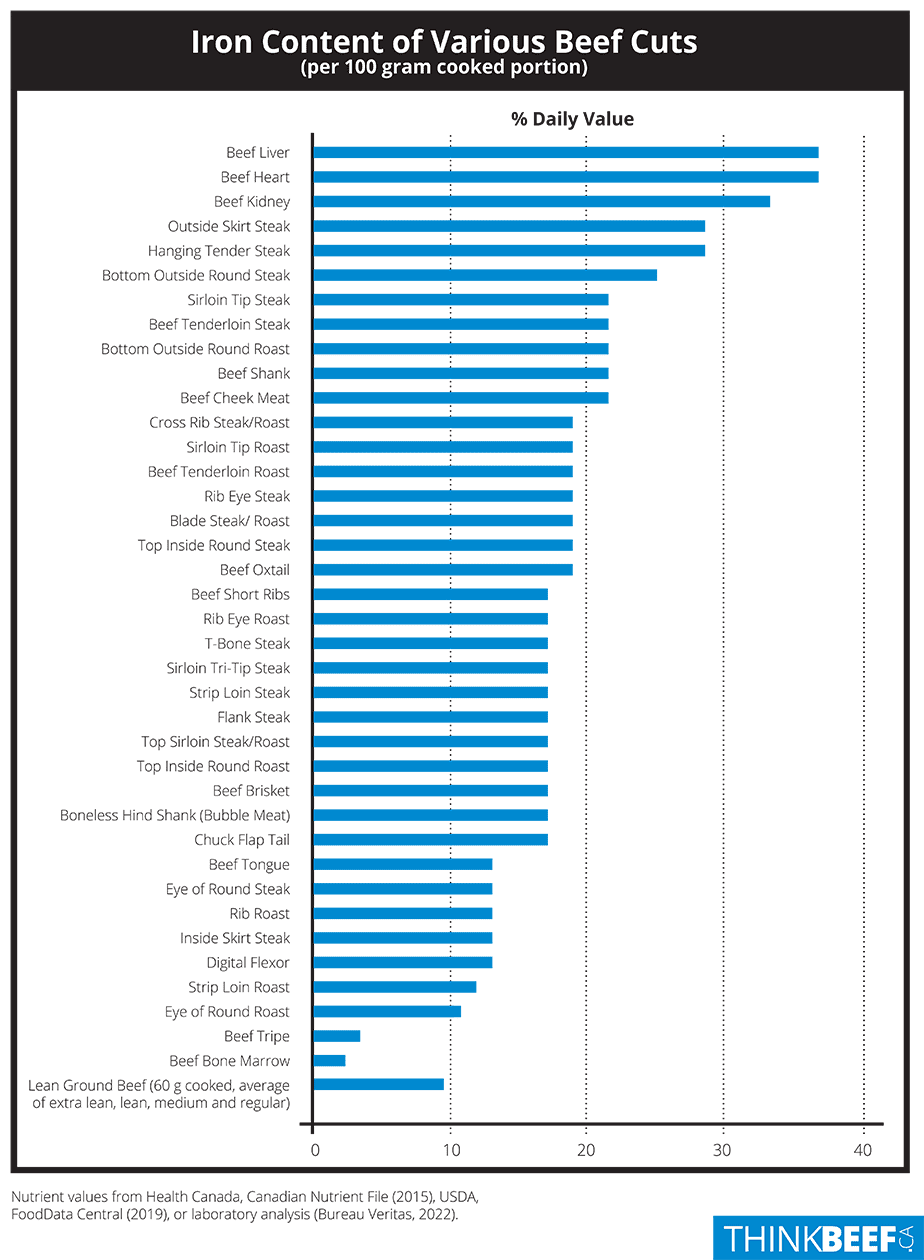
Iron Content of Various Beef Cuts Chart
Supported the World Iron Awareness Week 2024 1-page sheet
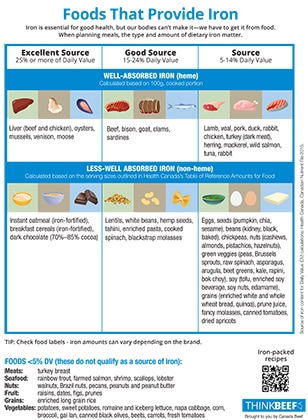
Foods That Provide Iron
A simple infographic representing foods that best provide iron. 1-page sheet

